
Instrumentation Lessons: Selecting and Sizing Flowmeters
A common problem occurs when a city or municipality uses two different types of flowmeters. Imagine one meter is a highly accurate magnetic flowmeter located in a meter vault to monitor the plant’s effluent flow, and the other is a doppler meter monitoring the influent flow. Doppler flowmeters tend to decline in accuracy as the flow rate drops. Even highly accurate magnetic flowmeters have both extremely high and low reading limits under which they will not operate accurately.
Case histories have shown that the plant appears to be generating wastewater, because the effluent is more than the influent, or something is evaporating the wastewater. We know in both cases that neither of these conditions really exists. What is happening is that the doppler meter is not matching the accuracy of the magnetic meter. The difference between 0.5 percent of 12 million gallons a day (Mgd) and 4.17 percent of 12 Mgd is substantial.
(.0417 – 0.005) × 12 Mgd = 0.44 Mgd, or 305 gal/min
Matters are made even worse if the doppler meter is used for pacing chemical feed into the wastewater with the same inaccuracies; the results are either overdosing or underdosing. Water treatment plants have low, average daily, and high peak demand flows, and further, low and average daily flows occur more frequently. This demonstrates the importance of being cautious in choosing meter types for those flow variables.
Many types of flowmeters suffer in performance as the flows decrease and approach the lower end of their viable flow range. Therefore, pacing during low flow periods may be highly suspect. Chemicals are becoming more costly, analytical instruments for measuring the effects of these chemicals are becoming costly, and corrosion due to underdosing or overdosing wastewater can also be costly to equipment. All of these may contribute to effluent that is a danger to wildlife and, in extended cases, can be harmful to the health of people living in the area.
Repeatability
In many ways, repeatability is even more important than accuracy. If an instrument is consistently wrong (inaccurate, but repeatable), the instrument can be adjusted to read correctly. However, if an instrument is inconsistent with how it reads, no amount of calibration work can fix the poor readings it provides.
Today, many field instruments work on force-balance techniques (where a process reading is converted to a force that then impacts a force-based sensor) such as piezoelectric crystals, capacitance, and strain gauges. These work on the principle that if you put a force on an instrument, there should be no motion even though an electric signal is generated on the output of that instrument. There are still flow, level, and chemical measuring devices that do not work on the force-balance principle, and for these types, looking at the repeatability of that piece of equipment is still important. A steady widening of the repeatability is an indication that something is going wrong with the instrument.
While the accuracy of an instrument can be improved with calibration, repeatability is often something that the design of the instrument defines.
Rangeability and uncertainty
As previously noted, the rangeability of an instrument must be taken into consideration during the sizing and selection part of a plant design. It is important that installed flowmeters can read the various intended flow ranges specific to where they are installed. At a minimum, they must meet the needed accuracy/repeatability for each flow rate for the application.
One of the most common problems with a piece of instrumentation equipment is the exaggeration of its range. How many times have you heard that a meter can read flow rates at velocities of 1 to 100 ft/s, giving the impression that you can read flows accurately through that total velocity range?
What often goes unmentioned is that the particular meter’s accuracy has a 10:1 turndown ratio. This means that a meter sized to measure a range of 0 to 30 Mgd has a true accuracy over the full range of 3 to 30 Mgd. Below 3 Mgd, the meter accuracy diminishes.
Additionally, different types of meters have different turndown ratios over their full range. It is common for a Venturi tube, for example, to have two transmitters measuring the flow. This is because a Venturi tube with one transmitter measures accurately with a 6:1 turndown ratio over the full range. So, if we look at a range of 0 to 30 Mgd, the meter’s accuracy diminishes below 5 Mgd.
The range over which the instrument meets the stated linearity of uncertainty requirements is its “rangeability.” “Uncertainty” is the range of values within which the true values lie with a specified probability. Uncertainty of ±1 percent at 95 percent confidence means the instrument will give the user a range of ±1 percent for 95 readings out of 100.
Another common error occurs during equipment sizing. In the municipal wastewater sector, it is a common practice to assume that solids in wastewater will settle out around a velocity of 2 ft/s. A magnetic flowmeter reads accurately if the minimum velocity is above 2 ft/s, but below this, settling is likely to occur—and then who can say what the accuracy really is?

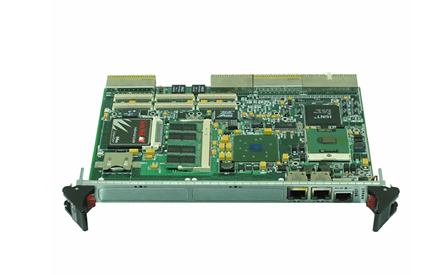
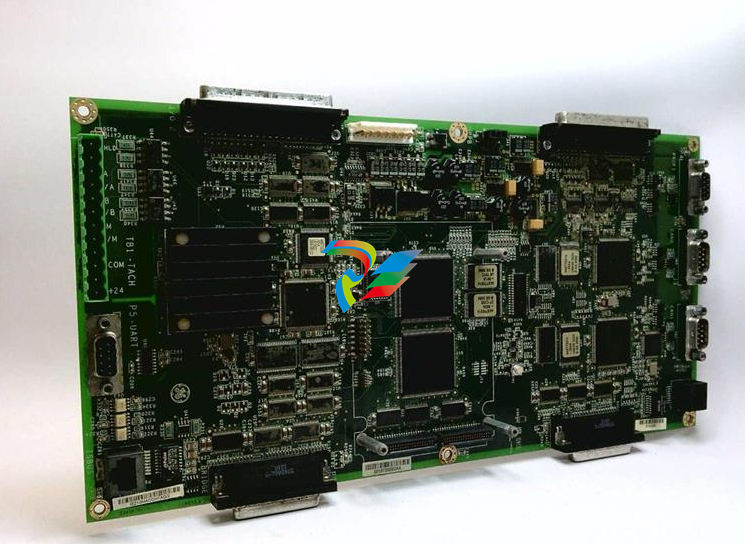


.jpg)

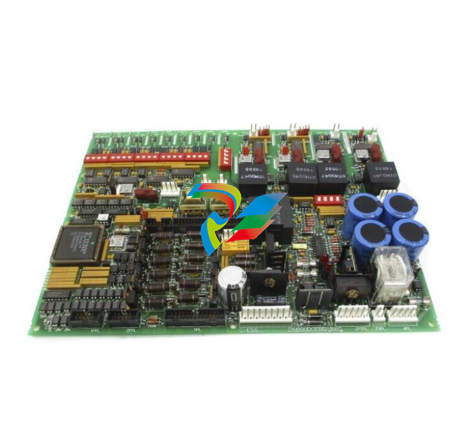

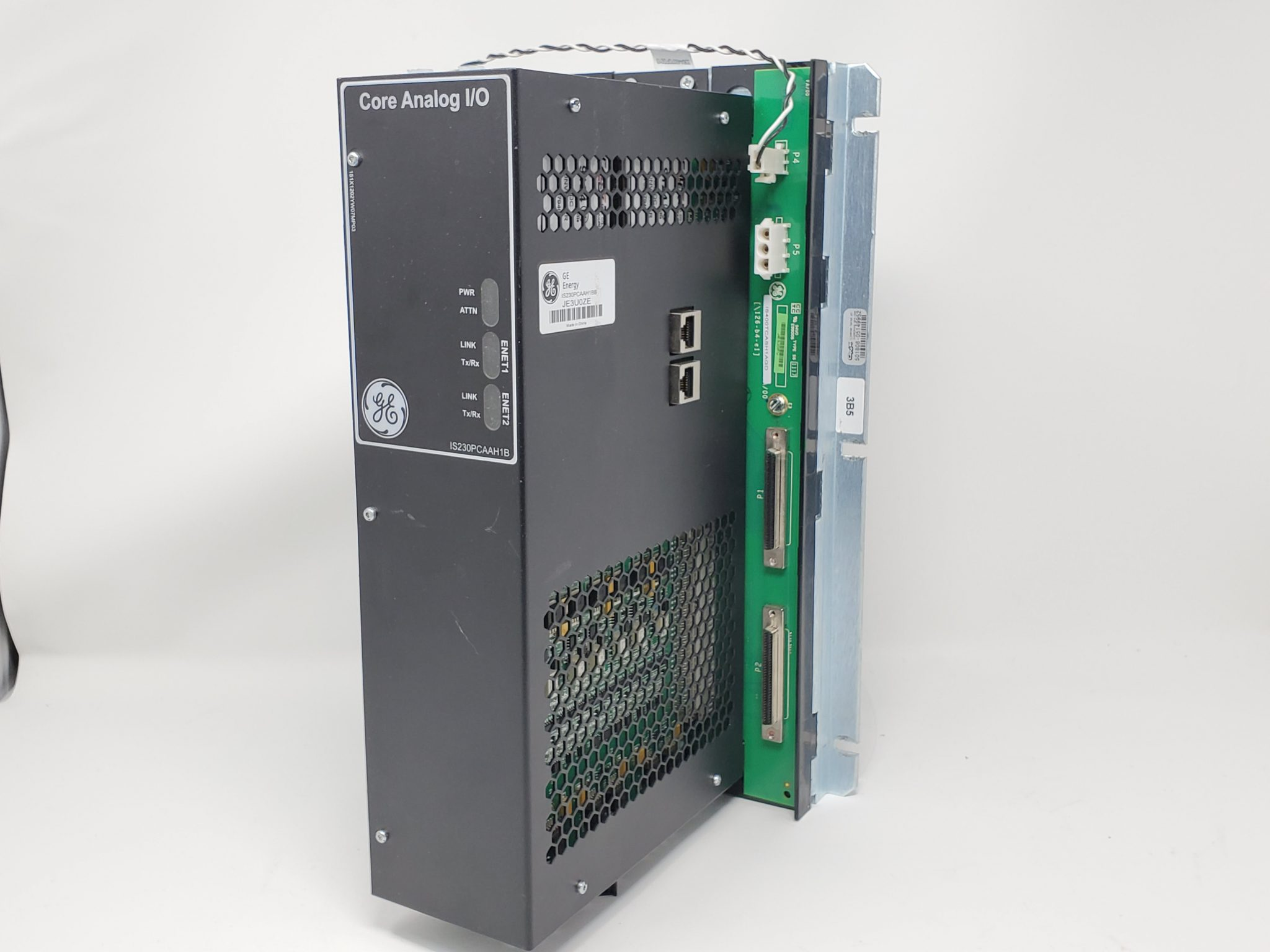

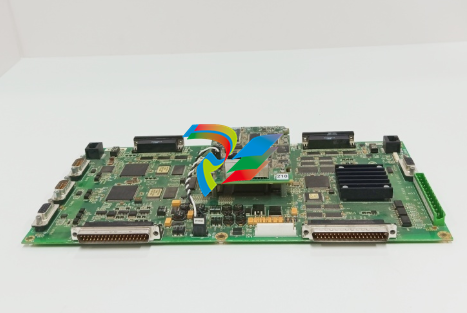
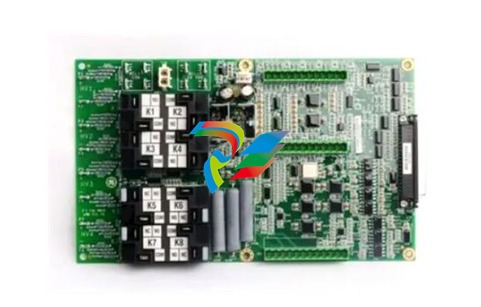
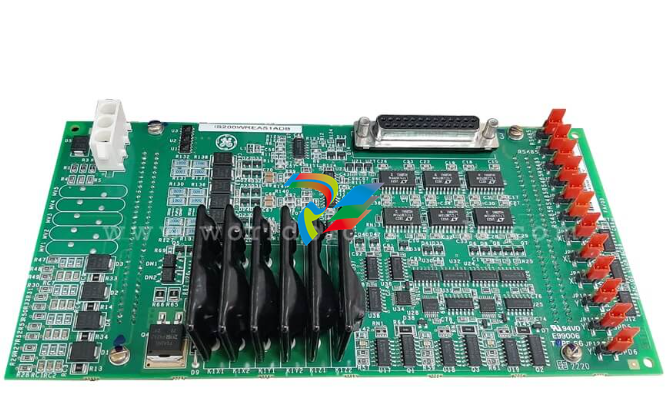
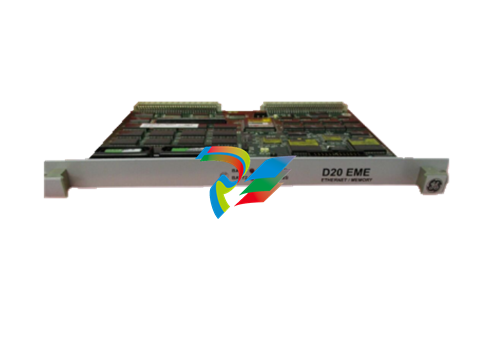
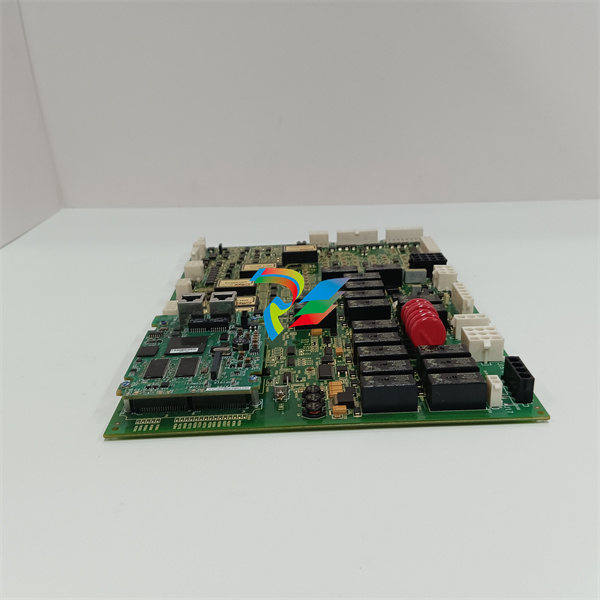
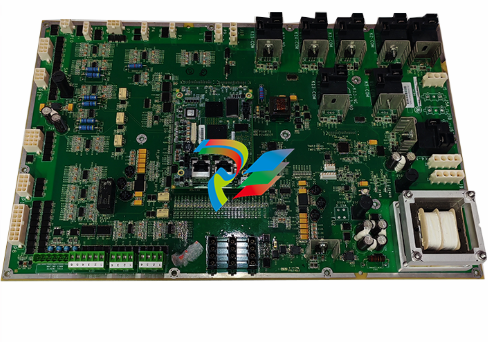
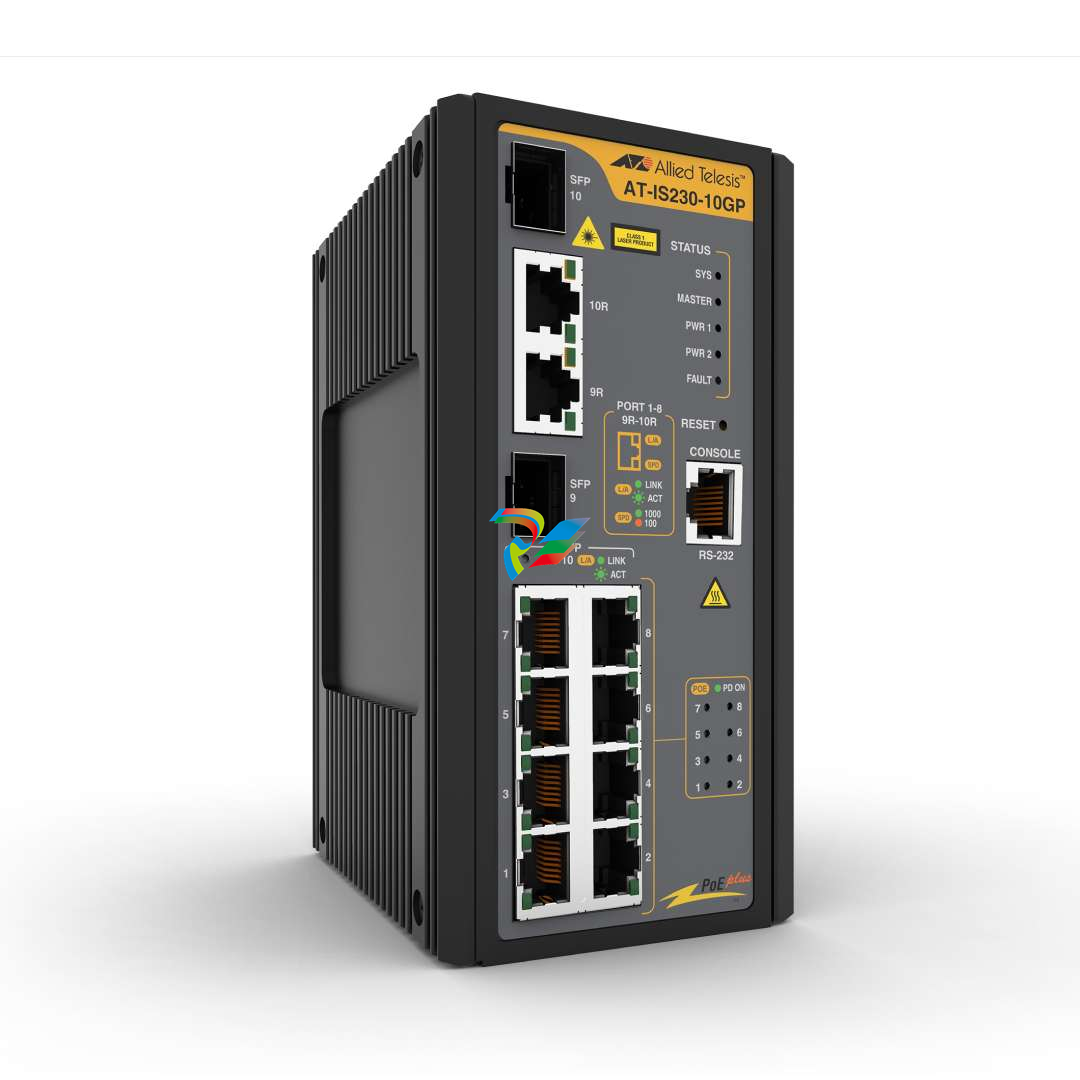
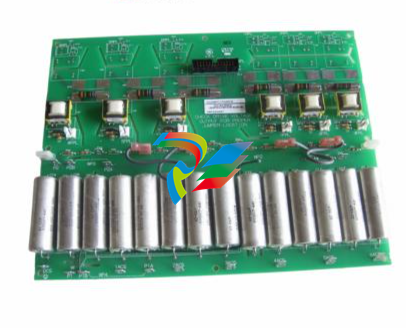

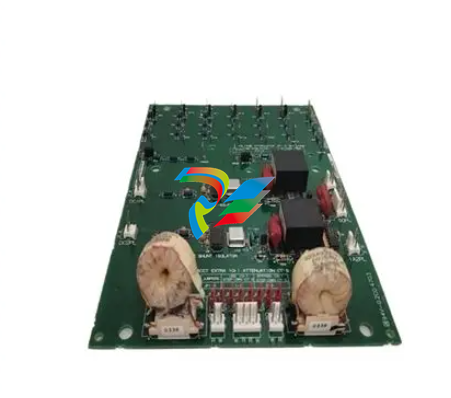

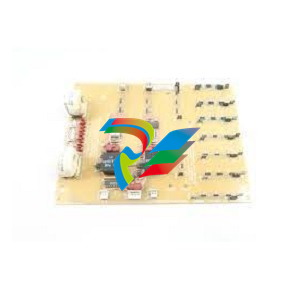

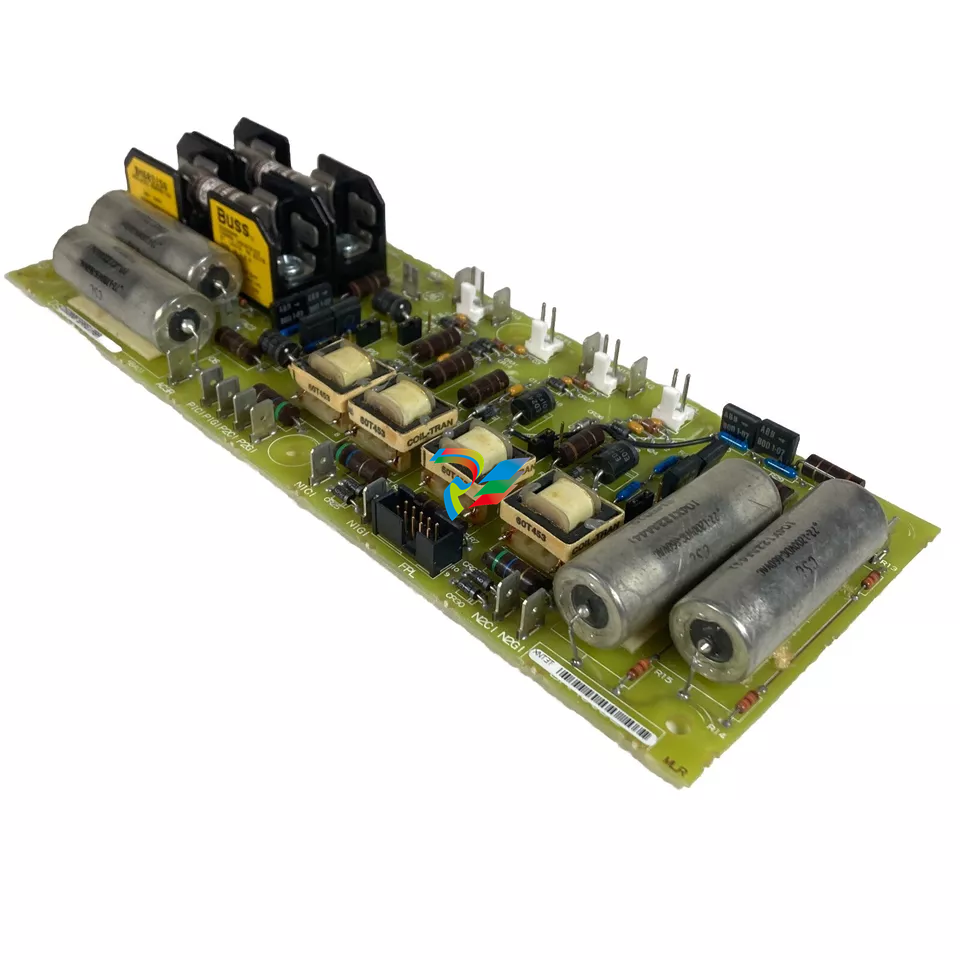
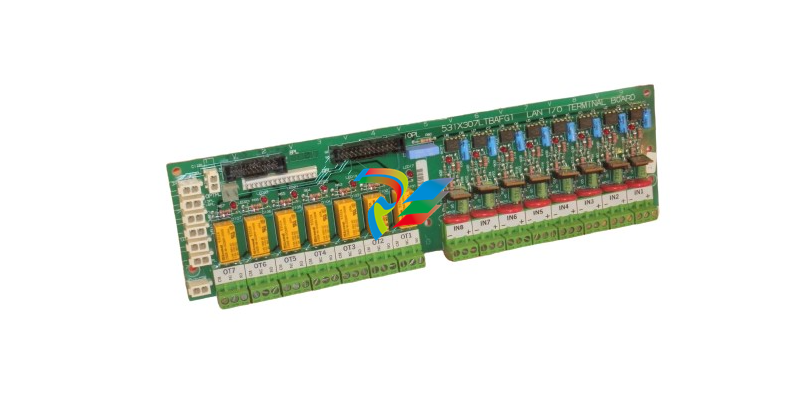




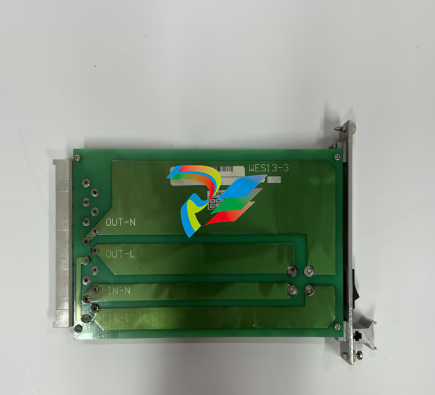

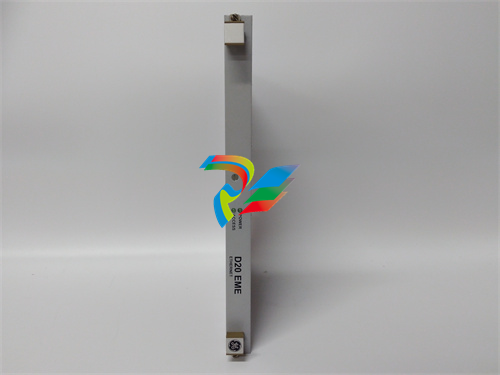
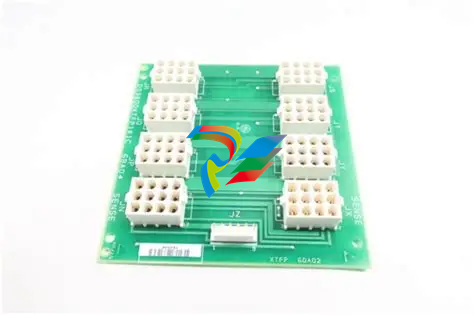






































.jpg)
.jpg)





.jpg)



.png)
.jpg)

.jpg)
_lVjBYb.jpg)

.jpg)
.jpg)



.jpg)
.jpg)







.jpg)

.jpg)
.jpg)






